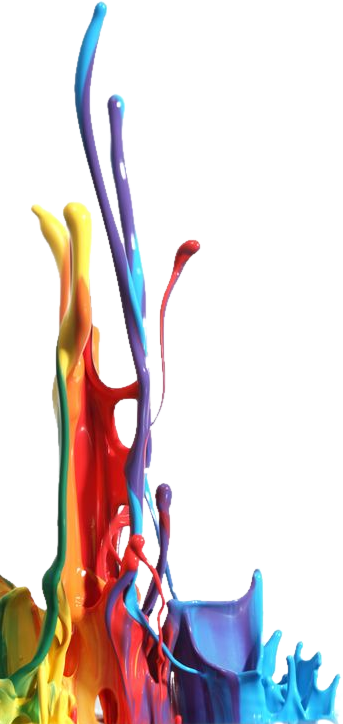

Shaderback
Shader-generated backgrounds for the Web
David Llewellyn-Jones
12 March 2015
https://github.com/llewelld/shaderback
What's the Point?
Infinitely varying*, procedurally-generated patterns Rendered on the GPU for efficiency Easy to include JavaScript library *Well, really not infinitely at all. Quite a lot though.
*Well, really not infinitely at all. Quite a lot though.
Javascript Usage
Simply add the following Javscript to the header<script type="text/javascript" src="js/shaderback.js"></script> <script type="text/javascript"> window.onload = shaderback_loadURL("shader.txt"); </script>where shader.txt is the URI to your GLSL fragment shader code.
Shader Implementation
Applies fragment shader to body area Texture is scaled 2:1 pixels for efficiency No vertex shader needed; this is done for you These variables are passed to the fragment shader- Screen coordinates as texture coordinates
- Time as float
- Height and width or render area
Fragment Shader Example
// High precision is needed for the time variable precision highp float; // The following variables are passed in automatically varying vec2 vTextureCoord; uniform float time; uniform float width; uniform float height; void main(void) { // Perform whatever per-pixel calculations you want vec4 colour = vec4(0.6, 0.6, 0.6, 1.0); // Return the colour to be rendered // Alpha blends with page background gl_FragColor = colour; }
Development and Testing
Tested on multiple platforms-
Firefox 36, Chromium 41 on Linux
Firefox 36, Chrome 41, IE 11 on Windows
Chrome 40 on Android 4.4.2
Mozilla 1.0 on Jolla Sailfish 1.1.2
-
Passing textures as signals to the shader
Backgrounds for arbitrary block elements
Choice of resolution
Shaderback: http://www.flypig.co.uk/shaderback
Source: https://github.com/llewelld/shaderback